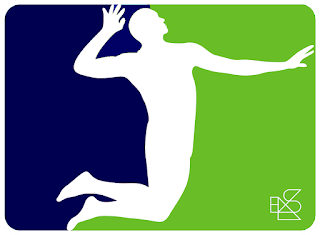The Problem with Draft Camps
The problem with Selection Camps, Draft Camps and Combines is that they are a snapshot of an athlete's ability and projected ability where you really need a movie.
All coaches have had feedback about athletes they coach in a Daily Training Environment, describing the huge improvement during a Camp. On one occasion with me, it was when the athlete had moved from one group to another and focussed on a different skill/position. 'Wow, the improvement was great considering he only did it for the last two days of the camp', explained the coach. What this coach apparently didn't know is that even though this player hadn't trained in this position earlier in the camp, he player had been working on almost nothing else in the DTE for the past 12 months.
All of this is related to potential. It is related to the projected best case scenario for a player, which is how coaches view athletes they don't know very well. The problem is the sample size. The coach at the Selection Camp sees Figure 1. A small sample. And if this small sample happens to coincide with a period of improvement in the athlete, the the projected 'upside' is fantastic.
FIGURE 1
So how do you fix this? You have more regular camps (or other assessment points) of course! That way the coaches can have a broader perspective of the athlete's improvement and therefore a more accurate projection of their ultimate ability, as shown in Figure 2.
FIGURE 2
The problem with both of these assessments is that the performance of the athlete in the Daily Training Environment is not taken into account. Using the same data points as Figures 1 and 2, but with a more complete picture, Figure 3 shows the trend line for that same athlete when you consider the improvement throughout the year.
FIGURE 3
Obviously this is very simplistic, but it is clear that good systematic assessment of athlete development that takes a lot more into account than isolated observations, is essential.
However, when it all comes down to it, selectors will look at the data, listen to other people who know the athlete in question, and then remember what they saw with their own eyes. The key is to make sure what they see with their own eyes is an accurate reflection of an athlete's long term potential and development, rather than a random snapshot of a performance.
___________________________________________________________________________







Comments
Post a Comment